Earth Day 2023: How Lassonde researchers are working towards a healthier planet
Tags:
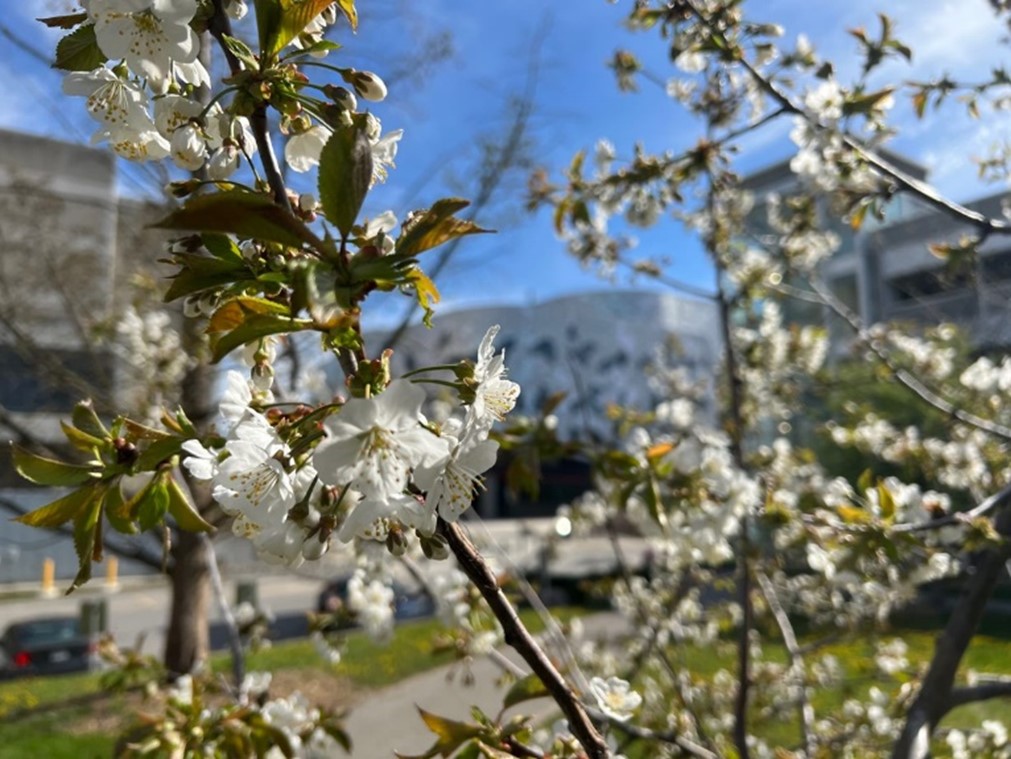
Eight billion people live on Earth today, relying on the planet’s natural resources for survival. That’s why, every year on April 22, we celebrate Earth Day to raise awareness of environmental challenges and make a commitment to sustainable choices and actions that will protect Earth and its resources.
At York University’s Lassonde School of Engineering, faculty members across all departments are demonstrating collective research efforts aimed towards creating a healthier planet across areas including smart materials, renewable energy, climate change and water and sustainability.
This Earth Day, meet some of Lassonde’s exemplary faculty who dedicate their research to protecting our planet, while targeting numerous United Nations Sustainable Development Goals (UN SDGs): Goal 6- Clean Water and Sanitation, Goal 7- Affordable and Clean Energy, Goal 8- Decent Work and Economic Growth, Goal 9- Industry, Innovation and Infrastructure, Goal 11- Sustainable Cities and Communities, Goal 12- Responsible Consumption and Production, and Goal 13- Climate Action.
Kamelia Atefi-Monfared, Assistant Professor – Department of Civil Engineering
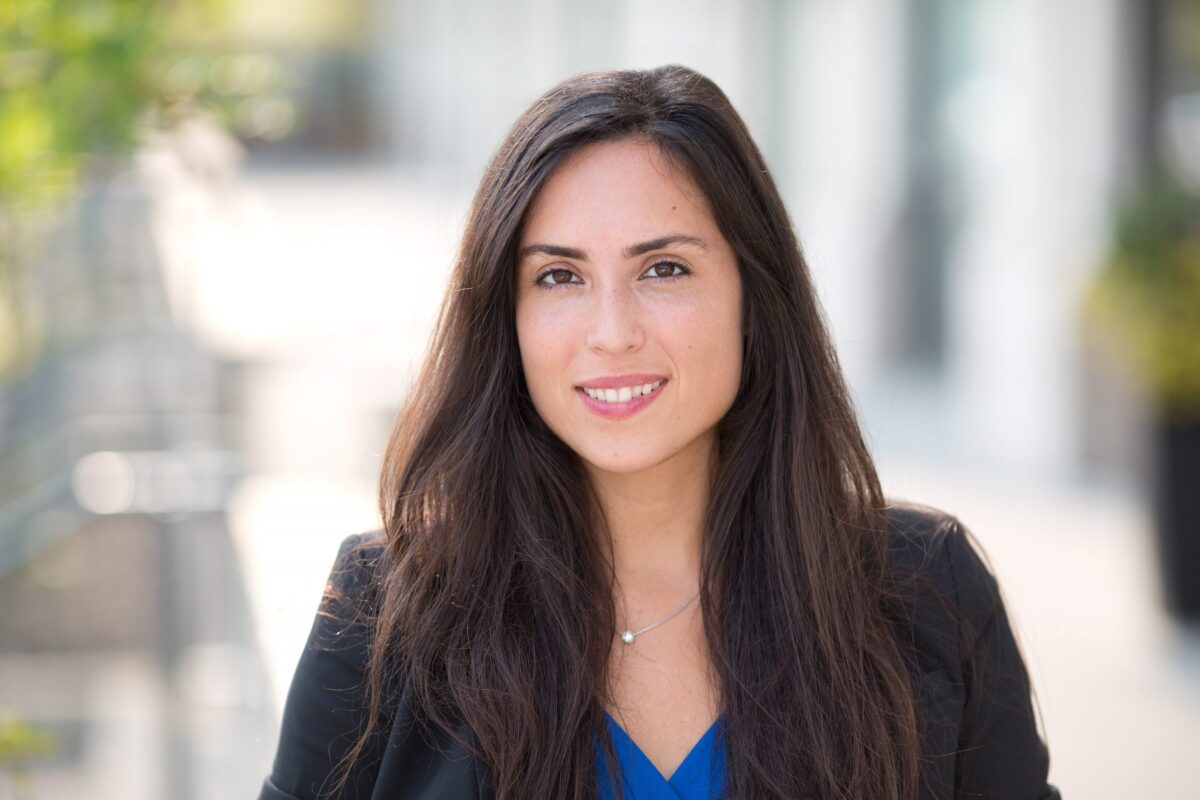
Focusing on Geomechanics, Professor Kamelia Atefi-Monfared is working to improve understanding of coupled processes in porous media, such as soils and geological reservoirs, including geothermal reservoirs. Her research establishes fundamental knowledge used to tackle global challenges involving energy, water and climate change through various projects.
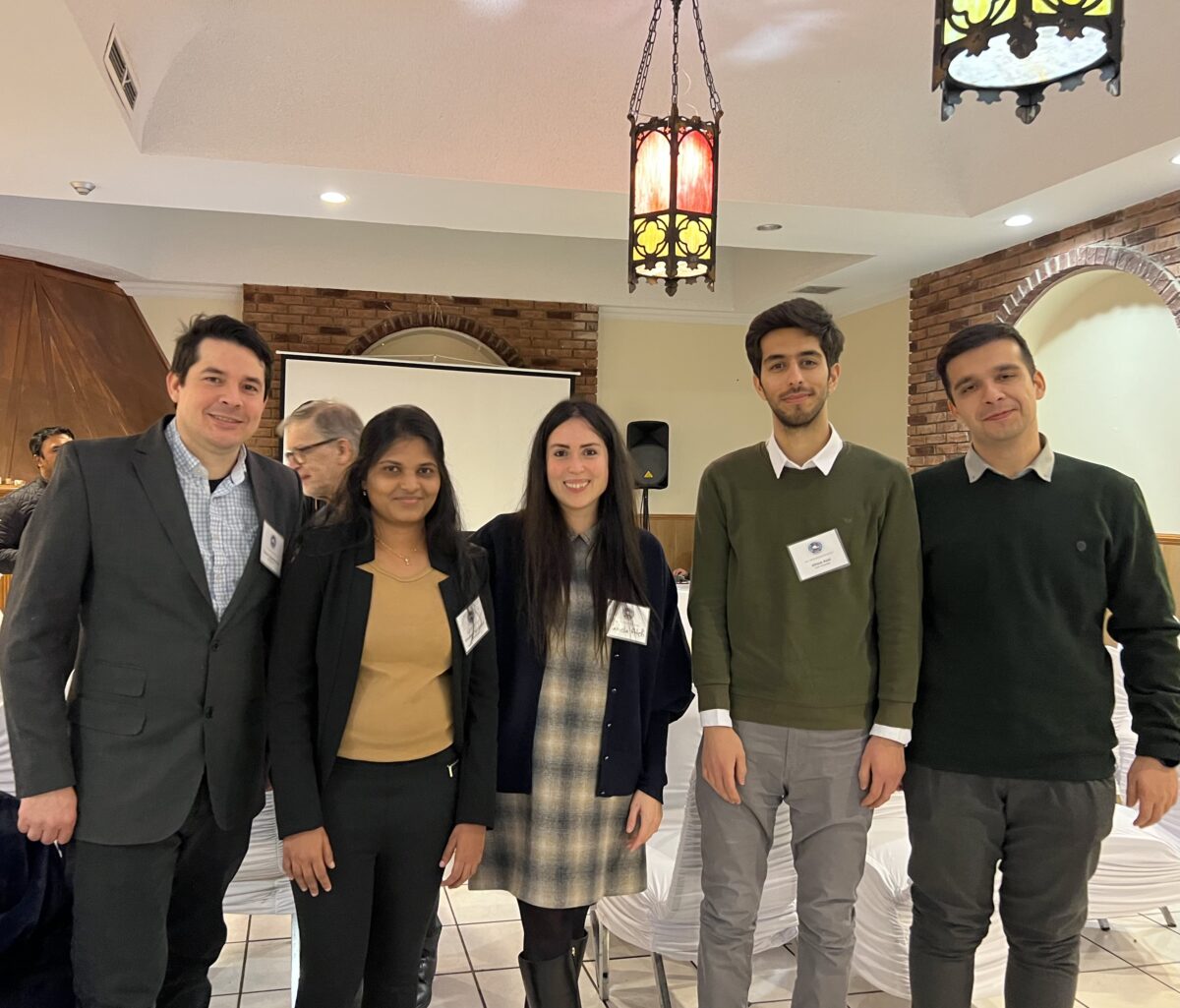
Specifically, Professor Atefi-Monfared is applying her research to the advanced development and design of models for environmentally-friendly ground improvement techniques, resilient infrastructure and sustainable production/storage of energy and water. One of her current projects involves the development of a novel framework to stabilize mine tailings and gravel roads using microbial-induced carbonate precipitation (MICP) – an eco-friendly technique for ground improvement that uses bacteria to produce bio-cement. This work helps solve the problem of chemical and cement-based grouting materials that emit carbon dioxide and contaminate soil and groundwater.
Paul O’Brien, Associate Professor – Department of Mechanical Engineering
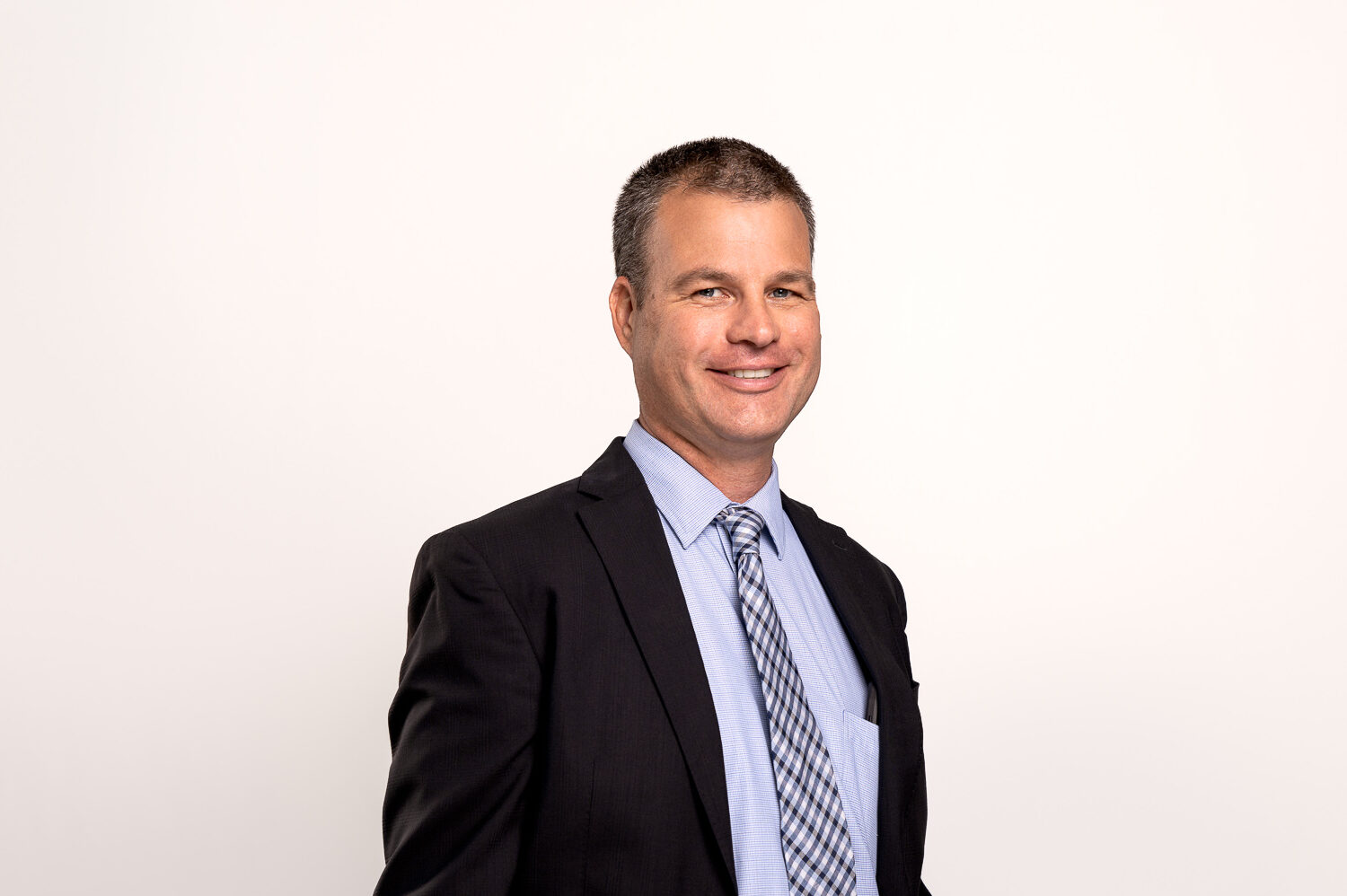
Professor Paul O’Brien leads research on the design, fabrication and application of materials that control, absorb, and harvest electromagnetic radiation. These materials are used to develop and advance sustainable technologies, such as solar energy storage systems for the electrification of buildings.
Through the development and improvement of sustainable technologies, Professor O’Brien aims to contribute to the decarbonization of the building sector, which accounts for one-third of global energy consumption and almost forty percent of carbon dioxide emissions.
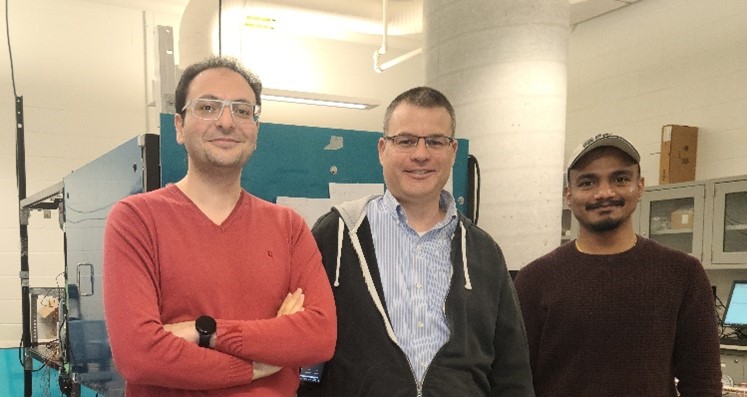
Through assessment and evaluation, his work also explores how energy systems and processes can be used to advance the UN SDGs. Professor O’Brien’s research team is currently working on numerous projects, including the development of optical cavities to improve the performance of thermophotovoltaic systems, which convert radiant energy from heat sources to electric power.
Hany E. F. Farag, Associate Professor – Department of Electrical Engineering and Computer Science
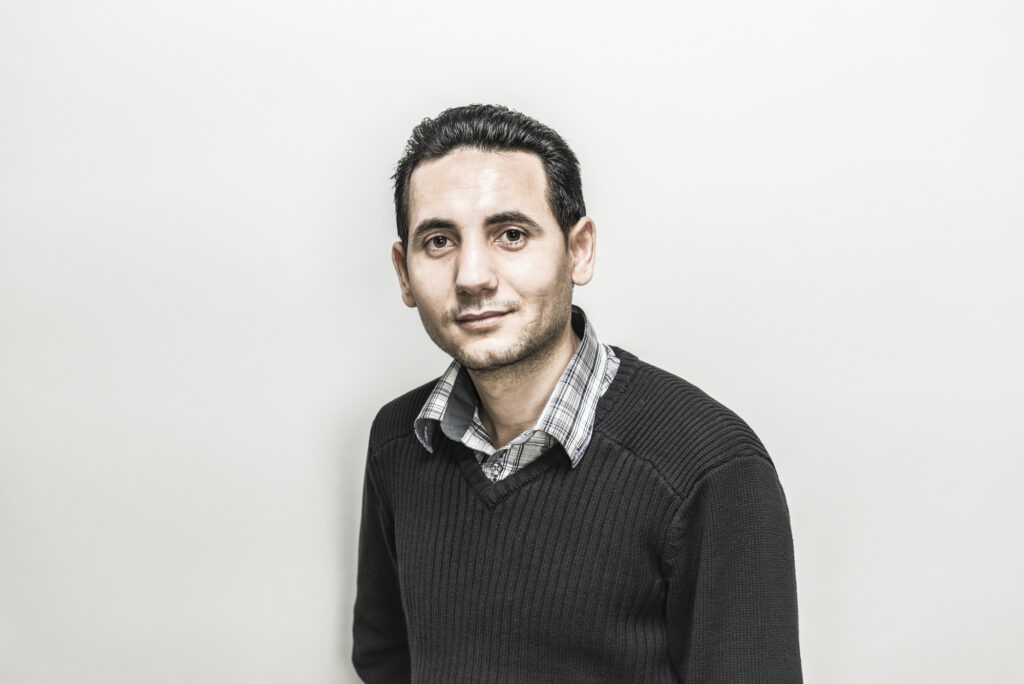
As a visionary leader in smart and sustainable energy, Professor Hany Farag has worked on countless projects that address Canada’s urgent need for clean and sustainable energy and transportation systems.
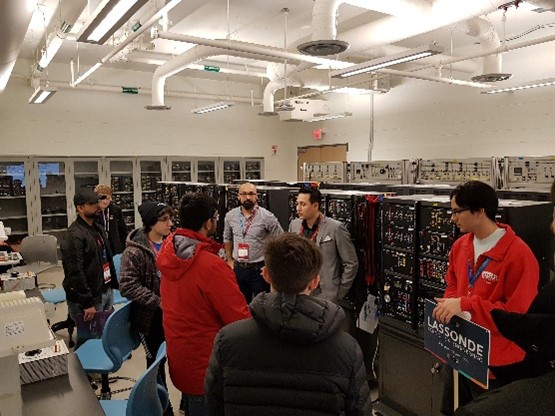
Specifically, Professor Farag develops modelling and control techniques to support the integration of low-carbon solutions into energy and transportation sectors. These low-carbon solutions include the production of renewable hydrogen, electrification of transportation and improvement of distributed energy resource (DER) capacity. In a notable partnership with Independent Electricity System Operator (IESO), Alectra inc., Metrolinx, and the Canadian Urban Transit Research and Innovation Consortium (CURTIC), Professor Farag was the first researcher to investigate the integration of electrified bus fleets into power grids in Canada, resulting in research findings that influenced company policies and provided planning tools.
Mark Gordon, Associate Professor – Department of Earth and Space Science and Engineering
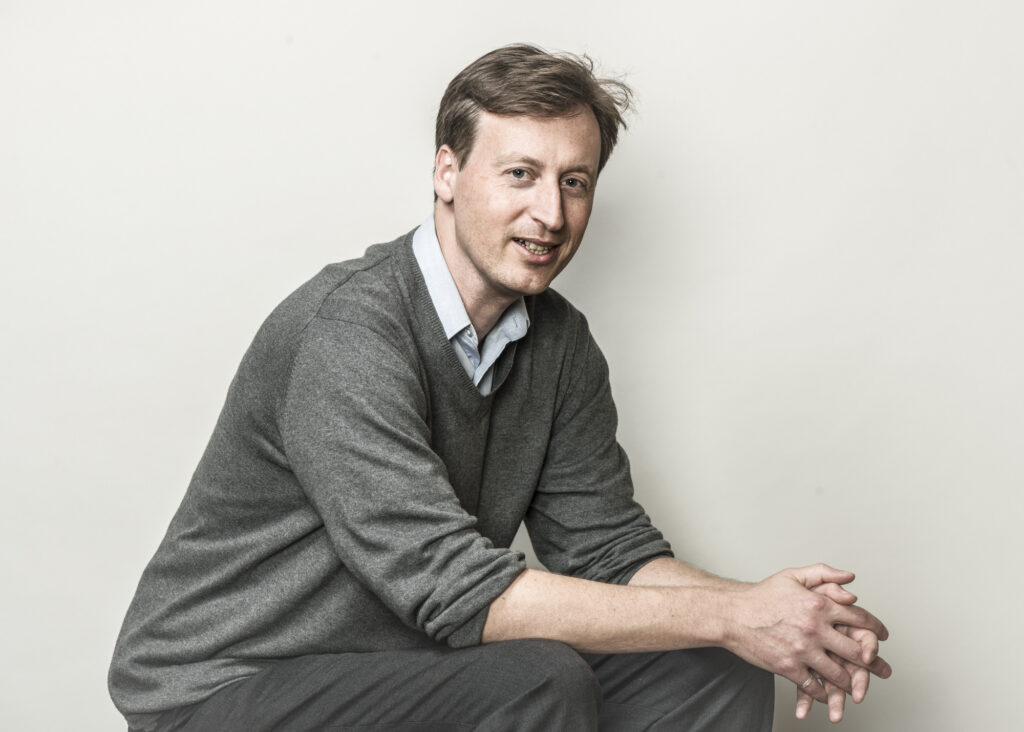
Professor Mark Gordon focuses his research on understanding what happens to pollutants after they are released into the atmosphere from different emission sources. This research produces information about the activity of pollutants, which can be used in climate and air quality models to improve the representation of real-world environments.
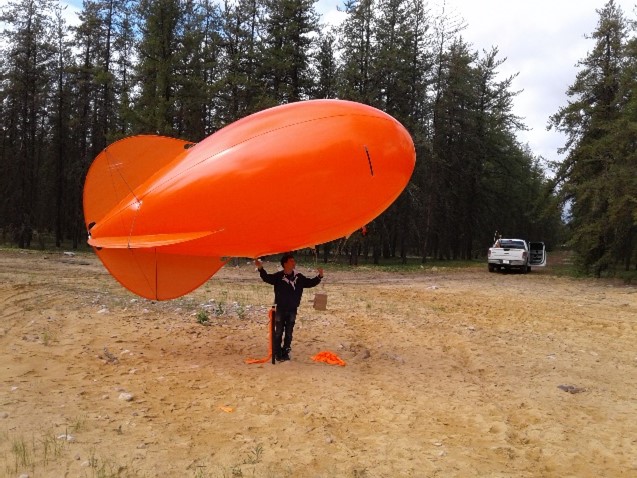
These models help stakeholder companies make informed decisions about the environment, such as implementing design strategies to reduce air pollution from a newly-built highway. Examples of Professor Gordon’s research include the investigation and measurement of greenhouse gas emissions from traffic in urban areas, as well as the deposition rate of pollutants from oil sands and production facilities to the Boreal Forest in Northern Alberta.
These faculty members demonstrate just a few examples of the research excellence at Lassonde that is making a positive impact in addressing sustainability concerns and the UN SDGs. Explore more research highlights on the Lassonde website. Happy Earth Day!